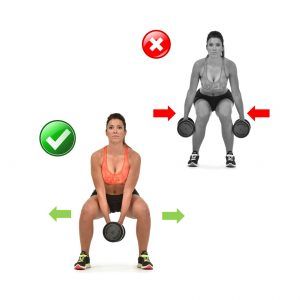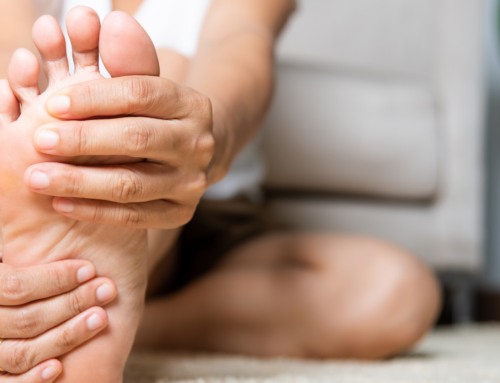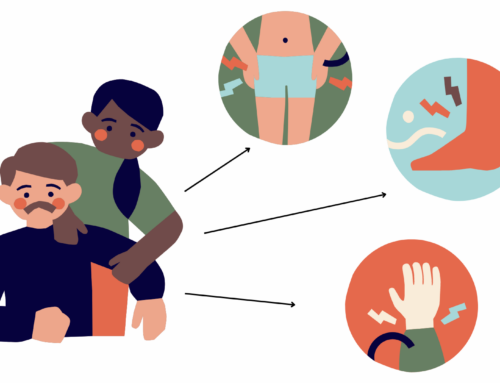Why is there a tendency to valgus in squats?
Many people when they are beginning to incorporate squats into their routines, do not know the technique well. Some beginners tend to bring their knees together in the transition from bottom to top, which is known as the eccentric and concentric phase. This movement is known as genu valgum. It occurs when the distal segment (tibia and fibula) deviates outward with respect to the knee joint. This can lead to femoropatellar pain (pain in the anterior knee area) if not corrected.
Some Causes of Valgus

How is it generated?
At high intensities, valgus may occur as there is a lengthening associated with one or more of the hip extensors. That is, a muscle can be stronger by elongating to a greater degree (it stores more elastic energy) as the subsequent contraction can be more powerful.
When the hips are slightly in adduction and internal rotation (valgus collapse), one or more of the hip extensor muscles (gluteus maximus, hamstrings, and adductors, primarily) are placed in a more favorable position (greater internal moment arm) for abduction and posterior external rotation.
The hip external rotators (among others, the piriformis and obturator internus) are, in fact, strong hip extensors. Their length increases in hip flexion and adduction position. So they produce a greater passive elastic force at the bottom of a squat position by tending to valgus.
How to correct valgus?
Many people when they are beginning to incorporate squats into their routines, do not know the technique well. Some beginners tend to bring their knees together in the transition from bottom to top, which is known as the eccentric and concentric phase. This movement is known as genu valgum. It occurs when the distal segment (tibia and fibula) deviates outward with respect to the knee joint. This can lead to femoropatellar pain (pain in the anterior knee area) if not corrected.
Some Causes of Valgus

How is it generated?
At high intensities, valgus may occur as there is a lengthening associated with one or more of the hip extensors. That is, a muscle can be stronger by elongating to a greater degree (it stores more elastic energy) as the subsequent contraction can be more powerful.
When the hips are slightly in adduction and internal rotation (valgus collapse), one or more of the hip extensor muscles (gluteus maximus, hamstrings, and adductors, primarily) are placed in a more favorable position (greater internal moment arm) for abduction and posterior external rotation.
The hip external rotators (among others, the piriformis and obturator internus) are, in fact, strong hip extensors. Their length increases in hip flexion and adduction position. So they produce a greater passive elastic force at the bottom of a squat position by tending to valgus.





